Mozambique, a captivating country located on the southeastern coast of Africa, is renowned for its stunning landscapes, vibrant culture, and rich history. With its beautiful beaches, lush national parks, and unique blend of cultures, Mozambique offers a diverse and enriching experience for travelers seeking adventure and exploration.
Table of Contents
Geography
Mozambique spans approximately 801,590 square kilometers, making it the 35th largest country in the world. It is bordered by the Indian Ocean to the east, Tanzania to the north, Malawi and Zambia to the northwest, Zimbabwe to the west, and South Africa and Eswatini to the southwest. The country’s coastline stretches for about 2,500 kilometers, featuring pristine beaches and vibrant coral reefs.
The geography of Mozambique is characterized by a diverse range of landscapes, including coastal plains, savannas, and mountain ranges. The Zambezi River, one of Africa’s largest rivers, flows through the central part of the country, providing essential water resources and supporting agriculture. Mozambique is also home to several national parks and reserves, such as Gorongosa National Park and Bazaruto Archipelago, which protect the country’s rich biodiversity.
The climate in Mozambique varies from tropical in the north to subtropical in the south, with a wet season from November to March and a dry season from April to October. The country’s diverse ecosystems support a wide variety of flora and fauna, making it a paradise for nature lovers and outdoor enthusiasts.
States of Mozambique
Mozambique is divided into 11 provinces, which serve as the primary administrative divisions of the country. These provinces are sometimes referred to as “states” in certain contexts, but technically, Mozambique has provinces rather than states. Here is a table listing the 11 provinces of Mozambique along with their capitals:
| No. | Province | Capital |
|---|---|---|
| 1 | Cabo Delgado | Pemba |
| 2 | Gaza | Xai-Xai |
| 3 | Inhambane | Inhambane |
| 4 | Manica | Chimoio |
| 5 | Maputo Province | Matola |
| 6 | Maputo City (Capital) | Maputo |
| 7 | Nampula | Nampula |
| 8 | Niassa | Lichinga |
| 9 | Sofala | Beira |
| 10 | Tete | Tete |
| 11 | Zambezia | Quelimane |
History
Mozambique has a rich and complex history that dates back to ancient times. The region was inhabited by indigenous Bantu-speaking tribes for centuries before the arrival of Portuguese explorers in the 15th century. The Portuguese established trading posts along the coast, leading to the development of a lucrative trade in gold, ivory, and slaves.
In the late 19th century, Mozambique became a Portuguese colony, and the country experienced significant social and economic changes. The struggle for independence gained momentum in the mid-20th century, culminating in a protracted liberation war that lasted from 1964 to 1974. Mozambique achieved independence from Portugal on June 25, 1975.
Following independence, Mozambique faced significant challenges, including civil war and economic instability. The country experienced a devastating civil conflict from 1977 to 1992, which left a lasting impact on its society and infrastructure. Since the end of the civil war, Mozambique has made considerable progress in rebuilding and developing its economy.
Today, Mozambique is a democratic republic with a growing economy driven by agriculture, natural resources, and tourism. The government has implemented various reforms to promote economic growth and improve the quality of life for its citizens.
Top Ten Must-Visit Destinations
1. Maputo
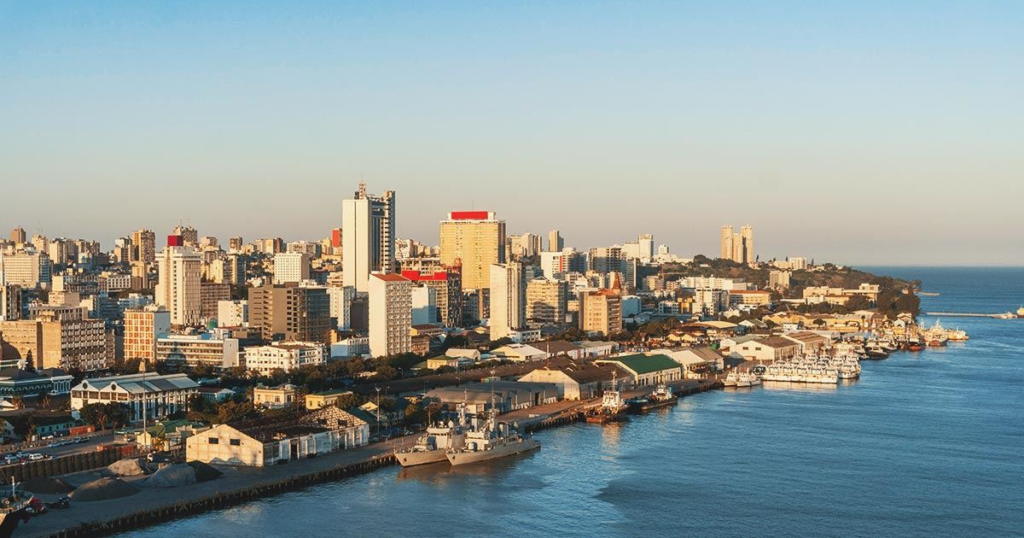
Maputo, the capital and largest city of Mozambique, is known for its vibrant culture, stunning architecture, and bustling markets. Visitors can explore the Maputo Central Market, where local vendors sell fresh produce, spices, and handicrafts. The city is also home to the impressive Maputo Fortress and the beautiful Tunduru Botanical Gardens.
A stroll along the waterfront offers stunning views of the Indian Ocean, while the city’s nightlife, featuring restaurants and bars, provides a taste of the local cuisine and culture.
2. Gorongosa National Park
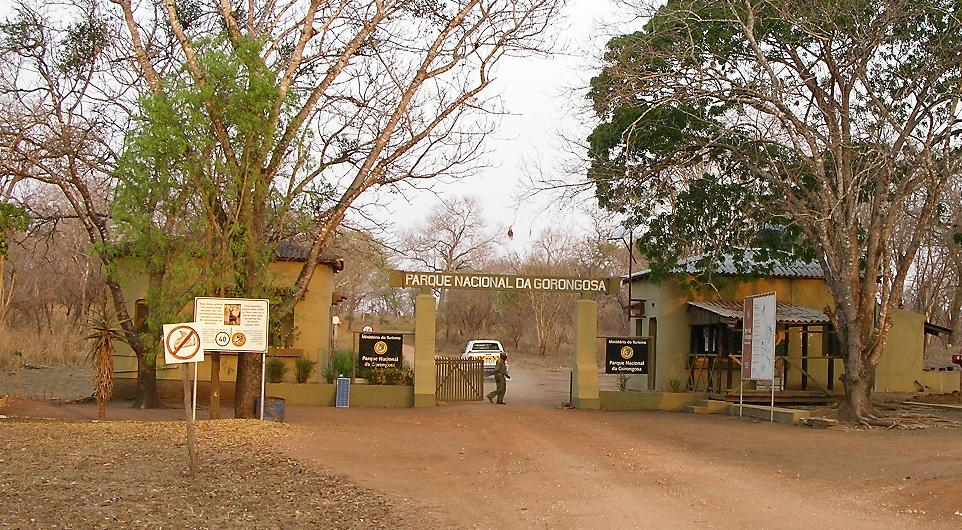
Gorongosa National Park is one of Mozambique’s most famous wildlife reserves, known for its rich biodiversity and stunning landscapes. Once severely affected by the civil war, the park has undergone significant restoration efforts and is now a flourishing ecosystem.
Visitors can embark on guided safaris to spot a variety of wildlife, including elephants, lions, and hippos. The park’s diverse ecosystems, from savannas to wetlands, make it a haven for birdwatchers and nature lovers. The Gorongosa Restoration Project aims to protect the park’s unique biodiversity and engage local communities in conservation efforts.
3. Bazaruto Archipelago
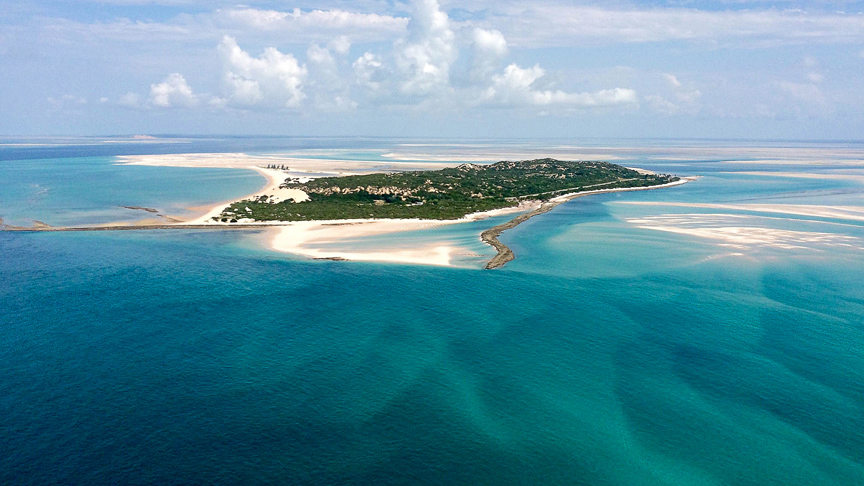
The Bazaruto Archipelago, a group of stunning islands off the coast of Mozambique, is a paradise for beach lovers and water sports enthusiasts. Known for its pristine beaches, crystal-clear waters, and vibrant coral reefs, the archipelago is a popular destination for snorkeling and scuba diving.
Visitors can explore the beautiful islands, including Bazaruto, Margaruque, and Santa Carolina, each offering unique experiences and stunning natural beauty. The Bazaruto National Park protects the archipelago’s delicate ecosystems, ensuring the preservation of its natural beauty and biodiversity.
4. Inhaca Island
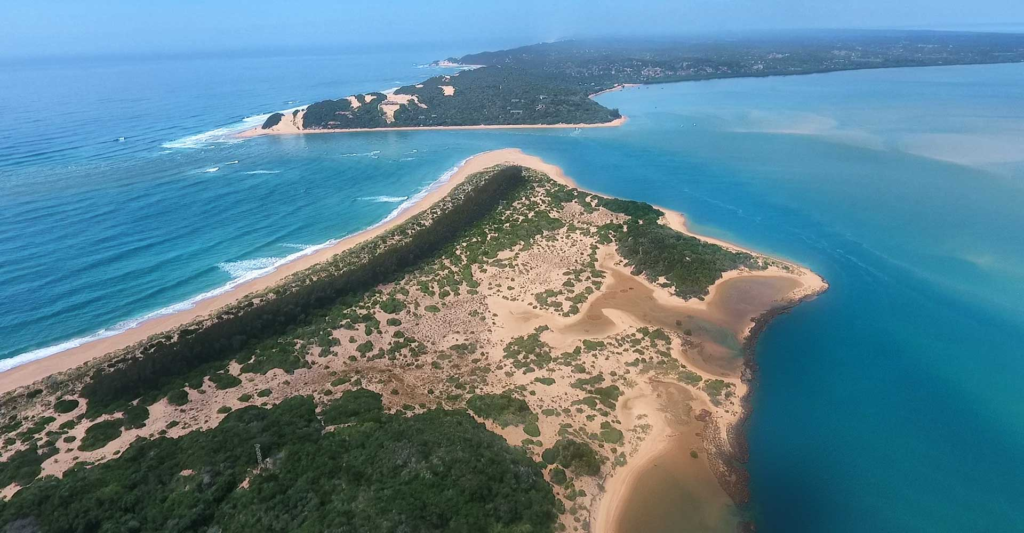
Inhaca Island, located just off the coast of Maputo, is known for its stunning beaches and rich marine life. The island is a popular day-trip destination for locals and tourists, offering opportunities for swimming, snorkeling, and relaxing on the beach.
Visitors can explore the island’s beautiful landscapes, including mangroves and coral reefs, and enjoy fresh seafood at local restaurants. The Inhaca Island Marine Reserve protects the area’s diverse marine ecosystems, making it a great spot for diving and snorkeling.
5. Ilha de Moçambique
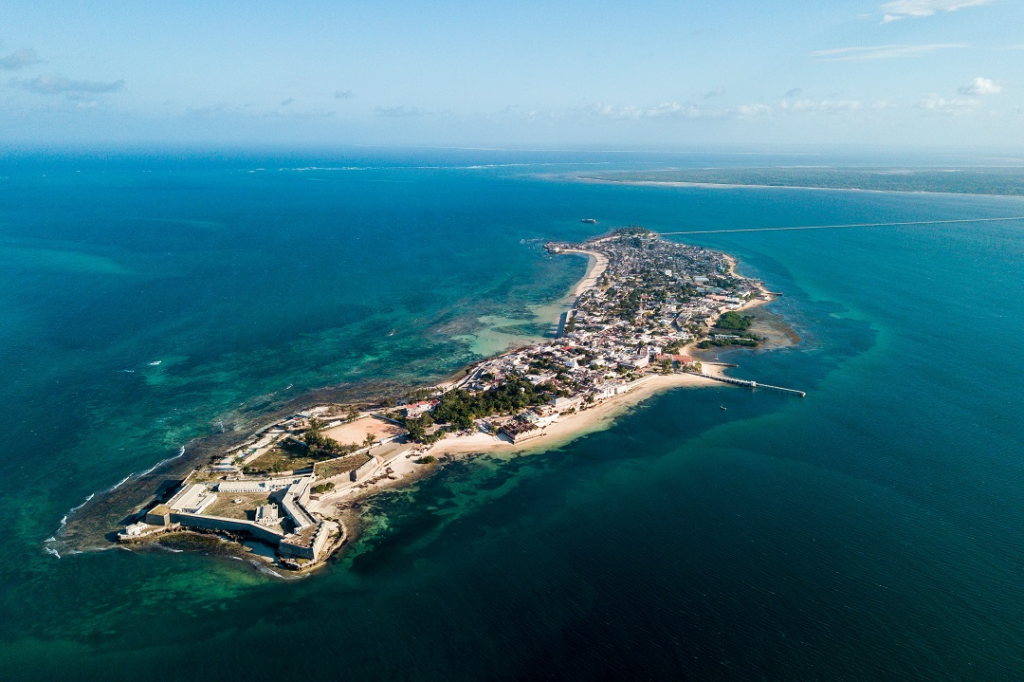
Ilha de Moçambique, a UNESCO World Heritage site, is a historic island that served as the capital of Mozambique during the Portuguese colonial era. The island is known for its well-preserved colonial architecture, including the stunning Fort São Sebastião and the beautiful Church of São Paulo.
Visitors can explore the narrow streets of the island, filled with colorful buildings and vibrant markets. The island’s rich history is evident in its museums, showcasing artifacts from the colonial period and the local culture.
6. Ponta do Ouro
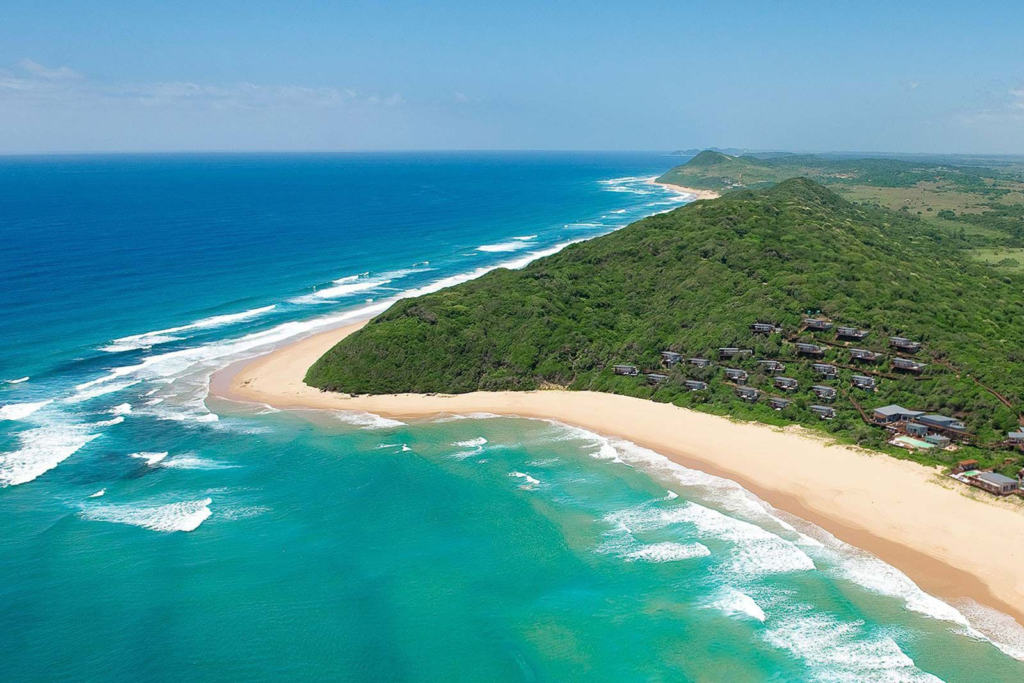
Ponta do Ouro, located near the South African border, is known for its stunning beaches and vibrant marine life. The area is a popular destination for diving and snorkeling, with opportunities to see dolphins, turtles, and a variety of fish species.
Visitors can relax on the beautiful beaches, participate in water sports, or explore the nearby Maputo Special Reserve, home to diverse wildlife and scenic landscapes. Ponta do Ouro is also famous for its vibrant nightlife, with beach bars and restaurants serving delicious seafood.
7. Niassa Reserve
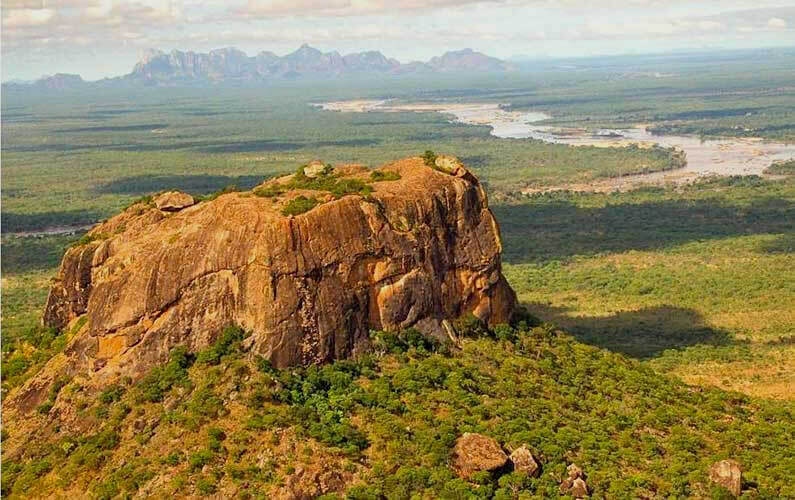
Niassa Reserve is one of the largest protected areas in Mozambique, known for its untouched wilderness and diverse wildlife. The reserve is home to large populations of elephants, lions, and rare species such as the African wild dog. Adventure seekers can explore the reserve through guided safaris and trekking tours, immersing themselves in the breathtaking landscapes and rich biodiversity.
Niassa Reserve is a prime destination for those looking to experience Mozambique’s natural beauty and wildlife in a remote and pristine setting.
8. Tofo Beach
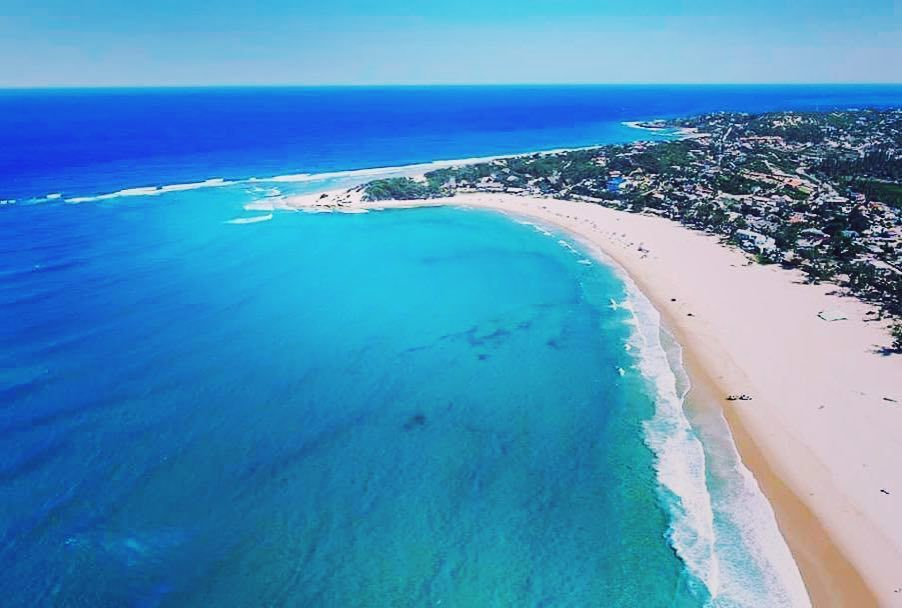
Tofo Beach, located in Inhambane Province, is famous for its beautiful sandy shores and clear waters. The beach is a popular destination for surfers, divers, and beachgoers looking to relax and soak up the sun.
Tofo is known for its vibrant nightlife, with beachfront bars and restaurants serving delicious local cuisine and fresh seafood. Visitors can also participate in water sports such as kayaking, whale watching, and diving, with opportunities to see manta rays and other marine life.
9. Gorongosa Mountain

Gorongosa Mountain is a stunning natural landmark located within Gorongosa National Park. The mountain offers breathtaking views of the surrounding landscapes and is a popular destination for hiking and nature exploration.
The diverse ecosystems on the mountain support a wide variety of plant and animal species, making it an excellent spot for birdwatching and photography. Hikers can explore various trails, each offering unique perspectives of the park’s natural beauty.
10. Chimanimani Mountains
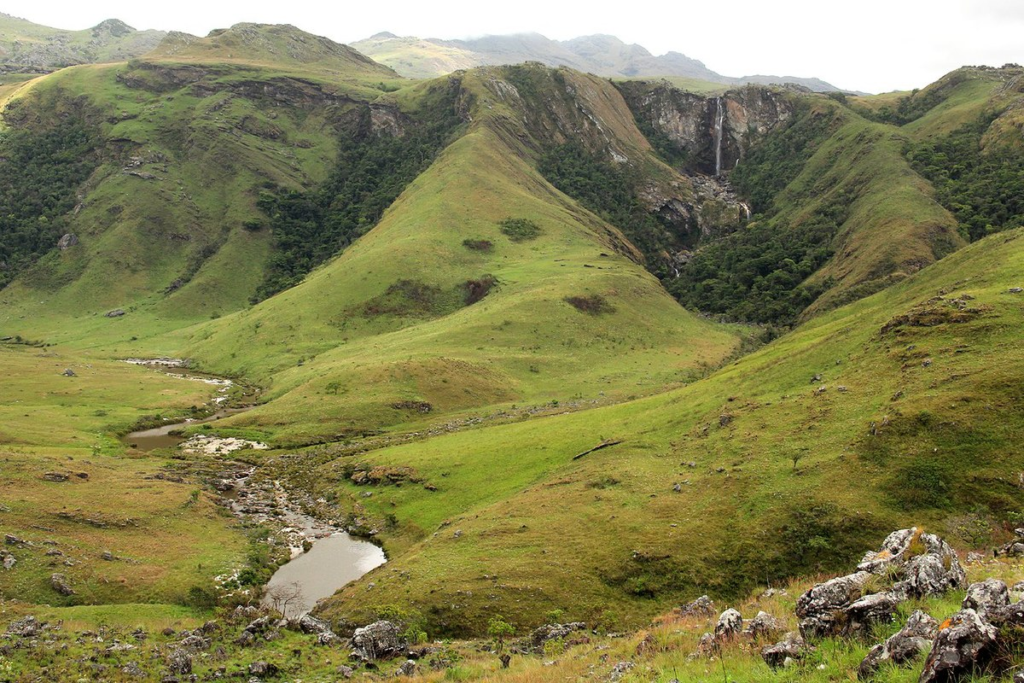
The Chimanimani Mountains, located on the border with Zimbabwe, are known for their stunning scenery, hiking trails, and unique rock formations. The area is a haven for outdoor enthusiasts and offers opportunities for trekking, birdwatching, and camping.
The mountains are home to diverse flora and fauna, including endemic species that can only be found in this region. The breathtaking views and pristine landscapes make the Chimanimani Mountains a must-visit destination for nature lovers.
Culture
Mozambique is a melting pot of cultures, with a rich heritage shaped by its indigenous populations, Portuguese colonization, and influences from neighboring African countries. The official language is Portuguese, a remnant of the colonial period, while indigenous languages such as Makhuwa, Tsonga, and Sena are also widely spoken. The linguistic diversity showcases the country’s cultural richness and highlights the importance of preserving local languages and traditions.
Traditional music and dance are integral to Mozambican culture, with genres like Marrabenta and Xigubo reflecting the country’s musical heritage. Festivals and celebrations often feature lively performances, traditional clothing, and cultural displays, providing a glimpse into the vibrant life of the Mozambican people.
The arts also play a significant role in Mozambican culture, with crafts such as weaving, pottery, and beadwork showcasing the skills of local artisans. The country’s cultural diversity is celebrated through various art forms, including visual arts, theater, and literature, reflecting the experiences and stories of its people.
Festivals
Mozambique hosts a variety of festivals that celebrate its rich cultural heritage and traditions. These events showcase local music, dance, art, and gastronomy, providing visitors with a unique insight into the country’s vibrant culture. Notable festivals include the Maputo Jazz Festival, which attracts musicians from across Africa, and the Gorongosa Festival, celebrating the park’s natural beauty and cultural diversity.
The Carnaval de Maputo is another highlight, featuring colorful parades, traditional costumes, and lively music, creating an atmosphere of joy and celebration throughout the city.
Economy
Mozambique’s economy is primarily based on agriculture, which employs a significant portion of the population. Key agricultural products include maize, cassava, sugarcane, and tobacco. In recent years, the country has also developed its mining and natural gas sectors, with substantial reserves of
coal and natural gas attracting foreign investment. The tourism industry has also become increasingly important, contributing to the country’s economic growth and job creation. However, Mozambique faces challenges such as poverty, unemployment, and infrastructure development, which the government is addressing through various economic reforms and investments.
Cuisine
Mozambican cuisine is a flavorful blend of African, Portuguese, and Indian influences, characterized by the use of fresh ingredients and aromatic spices. Seafood plays a central role in the local diet, with dishes such as peri-peri chicken, grilled prawns, and fish curry being popular among locals and visitors alike.
Staple foods include cassava, rice, and maize, often served with a variety of sauces and accompaniments. The country is also known for its street food culture, with vendors offering delicious snacks such as samosas and piri-piri chicken. Traditional meals are often enjoyed communally, reflecting the importance of family and community in Mozambican culture.
Top Eight Most Famous Food

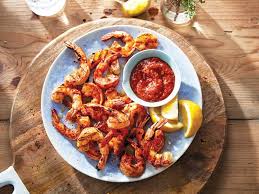
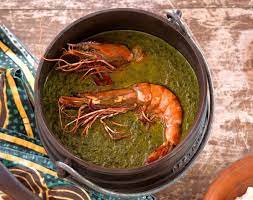



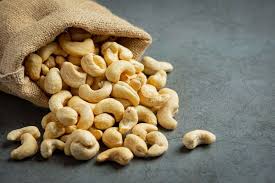

Interesting Facts
- Mozambique is home to the Bazaruto Archipelago, known for its breathtaking coral reefs and diverse marine life.
- The country has one of the longest coastlines in Africa, stretching approximately 2,500 kilometers along the Indian Ocean.
- Mozambique is famous for its peri-peri sauce, made from African bird’s eye chili, used in many traditional dishes.
- The Gorongosa National Park is a conservation success story, recovering from significant ecological damage during the civil war.
- Mozambique has a unique cultural heritage, influenced by African, Portuguese, and Indian traditions.
- The Maputo Special Reserve is home to a variety of wildlife, including elephants, zebras, and various bird species.
- Mozambique’s official language is Portuguese, but over 30 indigenous languages are spoken throughout the country.
- The country is famous for its vibrant music scene, particularly genres like Marrabenta and Kwaito.
- Mozambique’s flag features an AK-47, symbolizing the country’s struggle for independence and commitment to defending its sovereignty.
- The country is a top destination for whale watching, especially along the southern coast, where humpback whales migrate annually.
Conclusion
Mozambique is a land of extraordinary beauty, rich history, and vibrant culture. From its stunning natural landscapes to its warm and welcoming people, the country offers a unique travel experience for those seeking adventure and exploration. With its diverse ecosystems, thriving tourism industry, and delicious cuisine, Mozambique continues to captivate the hearts of visitors from around the world.
let’s enjoy few years on earth with peace and happiness….



